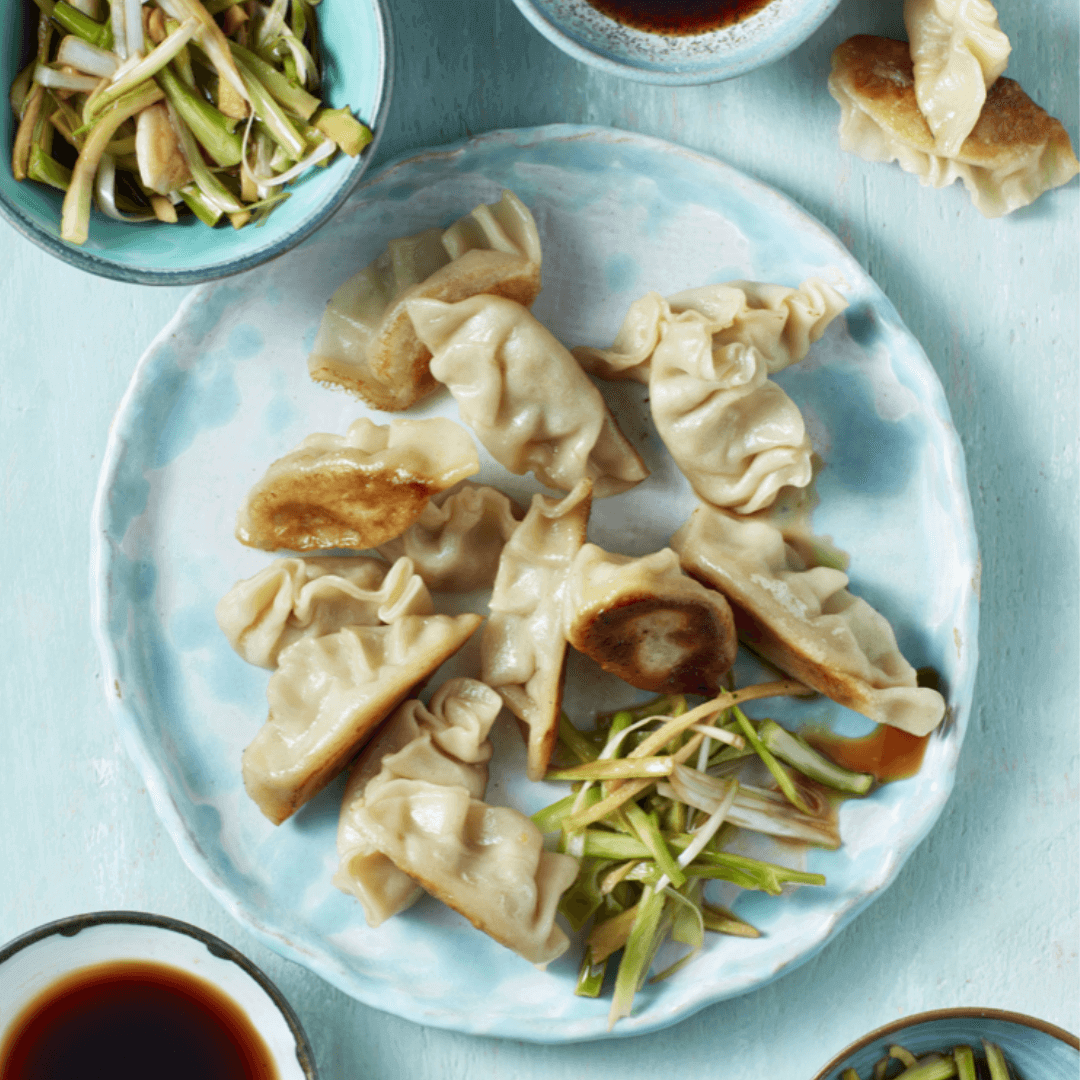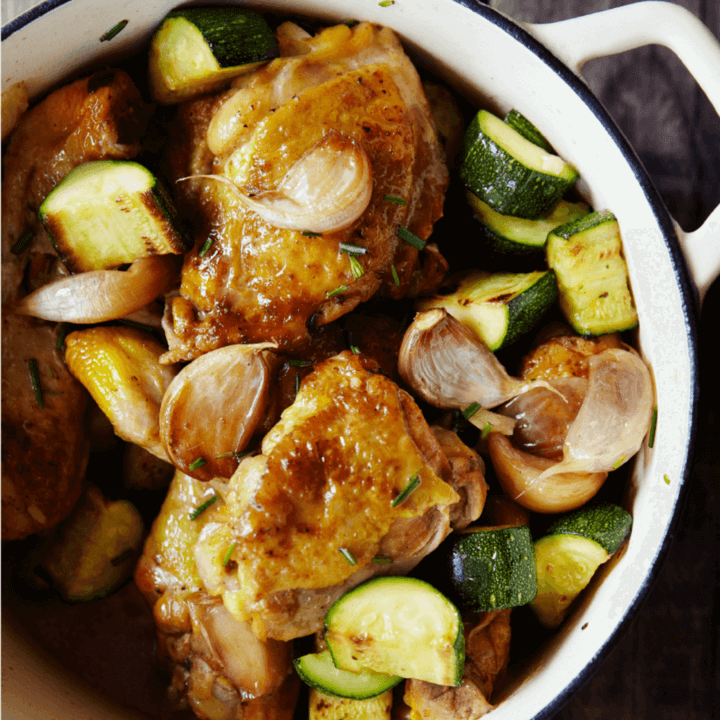
Fig & Lentil Salad from Virtually Vegan
Summer and salad go hand-in-hand and this offering from Heather Whinney’s Virtually Vegan is a fresh, sweet, figgy take on a summertime staple. Complete with a harissa
We are approaching World Vegan Month, which punctually runs in November every year starting on November 1st, and celebrates a plant-based diet.
If you feel inspired to try and start a vegan diet, the first step is to choose the right ingredients to cook with at home, which will help to keep the costs down. In The Vegan Cookbook – 100 of the Best Vegan Recipes, Adele McConnell lists the best vegan ingredients to start with in order to plan a well-stocked storecupboard. Although some of the foods may be unfamiliar, Adele has chosen them for their health benefits. You can stock up gradually and to save costs you can buy a lot of pulses (such as peas, beans and lentils) in bulk.
Almonds are high in magnesium, vitamin E, phosphorus and calcium. They are a great convenience snack and they make incredible milk.
Antipasti vegetables such as sun-dried tomatoes and artichokes stored in oil in jars (or artichokes in brine from a tin), are handy to add to a tomato based pasta sauce for a quick and easy dinner or to serve on a platter with vegan cheese and biscuits.
Cacao nibs are shelled and crushed cacao beans. They have a dark, bitter taste, and a small amount will add a chocolatey flavour to any dish. This is real, unprocessed chocolate, containing feel-good nutrients such as theobromine, phenylethylamine and anandamide. If you don’t have raw cacao nibs or raw cacao powder, a high-quality vegan dark chocolate will suffice.
Cacao powder is made from raw, ground cacao beans and has a fairly bitter, rich and earthy taste. Rich in magnesium and antioxidants, it is a healthier choice than cocoa, which is highly processed and has lost much of the nutritional value that was present in the raw product. You can use cocoa instead of cacao, but not if you are making a raw recipe.
Carob powder comes from carob, a legume (bean), which has a mildly sweet and fruity taste. Unlike chocolate, it contains no caffeine. The powder can be used in place of cacao or cocoa in recipes. Milder-flavoured raw carob has not been heat treated and is preferable for raw desserts.
Chia seeds are ancient Mexican seeds that have recently been gaining recognition due to their health properties. They are high in the essential fatty acid omega-3 and -6, and they are useful for vegans because they contain vital omega-3, which is difficult to obtain from animal-free sources. Chia seeds can be added to smoothies, cereals, baked products, soups and salads. They also make a substitute for egg as a binding agent, by soaking in 1 or 2 tablespoons of water until they form a gel.
Coconut aminos is similar to soy sauce, but without the soya. It is less salty, but it still has the same kick you expect from soy sauce or tamari. It can be used in place of both.
Coconut cream is the thick, solid layer that forms on the top of coconut milk, if the fat content is high enough, and is also sold as cream in cartons and tins. For extra-thick cream, store the carton or tin upright in the fridge, then open it and take off the cream from the top.
Coconut milk is a more liquid equivalent of coconut cream. The thickness and quality of milk varies according to the brand. I choose
cream most of the time and water it down myself if I need milk.
Coconut nectar is a mineral-rich liquid from the sap of coconut trees. It has a caramel-butterscotch flavour and can be used in place of honey, agave syrup, and any plain sugar product. It has a low GI, and it also contains vitamin C.
Coconut oil has a fairly high smoke point (176°C/350°F), and so is suitable for frying. It can be heated without being damaged and oxidized, as other oils are. Oxidization causes oils to become unhealthy free radicals in the body. Choose organic, virgin and unrefined coconut oil, as they are minimally processed. Non-virgin coconut oil may be produced from dried coconut (copra) and will have lost nutrients as well as being highly processed. Use coconut oil for baking or frying and in desserts or smoothies.
Alternatively, use olive oil (not extra virgin) for frying over medium heat. Organic safflower oil is high in omega-6 essential fats and is my personal alternative for cooking if I am short of coconut oil. Rice bran oil is rich in vitamin E and omega-6, and has a high smoke
point at 232°C/ 450°F. The only oil suitable for raw dishes, however, is coconut oil – for taste, nutrition and its ability to solidify quickly.
Coconut sugar is a good alternative to cane sugar due to its mild caramel taste. It has a lower GI than cane sugar and is also rich in minerals. You can make the recipes in my book using brown sugar, but try to source coconut sugar to make sweet dishes healthier if you can. Coconut sugar is classed as raw, so can be used instead of brown sugar for recipes that are labelled as raw. Agave syrup is sometimes given as a sweetener, although I rarely use it because it is high in fructose, which can lead to weight gain. Brown rice syrup is my preferred alternative as a sweetening syrup.
Coconut yogurt is a relative newcomer to the market, and dairy-free coconut yogurt is a wonderful substitute for soya yogurt. It is rich and creamy and has the most amazing taste. It should be stored in the fridge. Desiccated coconut and coconut flakes are nutritious and useful for adding to cakes, muffins and smoothies.
Gluten-free flour is available in a variety of types, such as brown rice, coconut, buckwheat and gram (chickpea). Your local health-food shop or supermarket should stock a range, and you can also buy gluten-free flour blends, although these vary in quality. All gluten-free flours work slightly differently from regular flour and I recommend you try different ones to see which you prefer. Coconut flour is a tricky ingredient to work with because it absorbs a lot of liquid. If you try it, use only 20–30 per cent of the quantity of the regular flour stated in the recipe.
Nuts are a great way to get protein into a vegan diet – don’t be scared by the fat content! They contain healthy fats when eaten raw and unprocessed. You can add a variety to your diet, such as almonds, macadamia nuts, hazelnuts, pecan and pistachio nuts, walnuts and peanuts (which are actually a legume, although we still eat them like a nut). Eat them alone, in salads, soups and stews, in raw desserts and smoothies, or blend them into nut butters.
Seaweeds are rich in iodine and offer a broad range of other nutrients: B vitamins, folate, magnesium, iron, calcium and riboflavin. Salty flavoured nori sheets are used to make hand-rolls. Agar-agar is used to set jellies and desserts in a similar way to the animal product gelatine.
Seeds are high in protein and minerals. Sesame, pumpkin, sunflower and flaxseeds are just a few of the healthy seeds available. You can sprinkle them on to salads and soups, and make them into milks.
Adele McConnell
The Vegan Cookbook – 100 of the Best Vegan Recipes
£14.99
Available from Nourish Books
Sign up for our newsletter to get our new articles straight to your inbox every month.

Summer and salad go hand-in-hand and this offering from Heather Whinney’s Virtually Vegan is a fresh, sweet, figgy take on a summertime staple. Complete with a harissa

Too Good to Waste by Victoria Glass is THE guide to getting the very most out of your food, in the most delicious way possible! So much

Today we’re sharing a much coveted Real Bread: Slow Dough recipe – Cinnamon and Hazelnut Knots! These sweet knots are beloved all over Scandinavia, whip

We’re gearing up for the publication of French Countryside Cooking by Daniel Galmiche, coming your way on May 14th (pre-order your copy right here)! To celebrate, we’re sharing

Watkins Media Limited
Shepperton House unit 11
89 Shepperton Road
London, England
N1 3DF

Watkins Media Limited
Shepperton House unit 11
89 Shepperton Road
London, England
N1 3DF